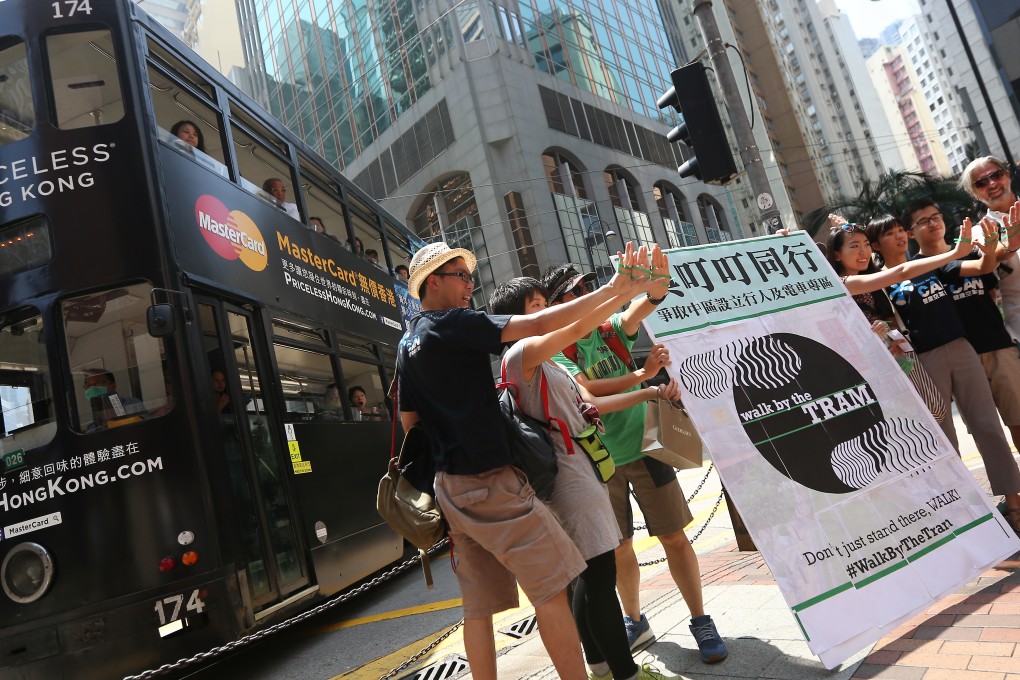We should expand and upgrade tram system, not cut it back

I refer to Alex Lo's column ("Ideas for Central's roads to go nowhere", August 25).
The proposal to scrap the tram service in Central should not have been raised.
The objectives of the Public Transport Strategy Study inter alia are "to maintain quality and diversified public transport services and to draw up strategies conducive to the healthy and sustainable development of the trades, with a view to improving peoples' livelihood, facilitating development and maintaining efficiency".
The tramway closure would result in an estimated 200,000 tram passengers per day being forced onto many additional polluting diesel buses along the same route, which would result in even more traffic congestion over this section; has this proposal been seriously thought through by transport planners? (The MTR is not an option for most tram passengers due to the expense or because they are making short trips.)
The idea to reduce traffic congestion by removing trams from cities was rife in the 1950s, particularly in the UK and the US. But that didn't solve the problem then and it won't do so now.
Ironically, many of those cities are now successfully reintroducing modern trams (or light rail transit) in order to remove the pollution and congestion caused by private cars. City streets are being returned to pedestrians and cyclists. These include London (Croydon), Edinburgh, Birmingham and Manchester in the UK; Dublin in Ireland and Washington, Houston, Dallas and Los Angeles in the US. Milan only permits trams and taxis to enter the central area.